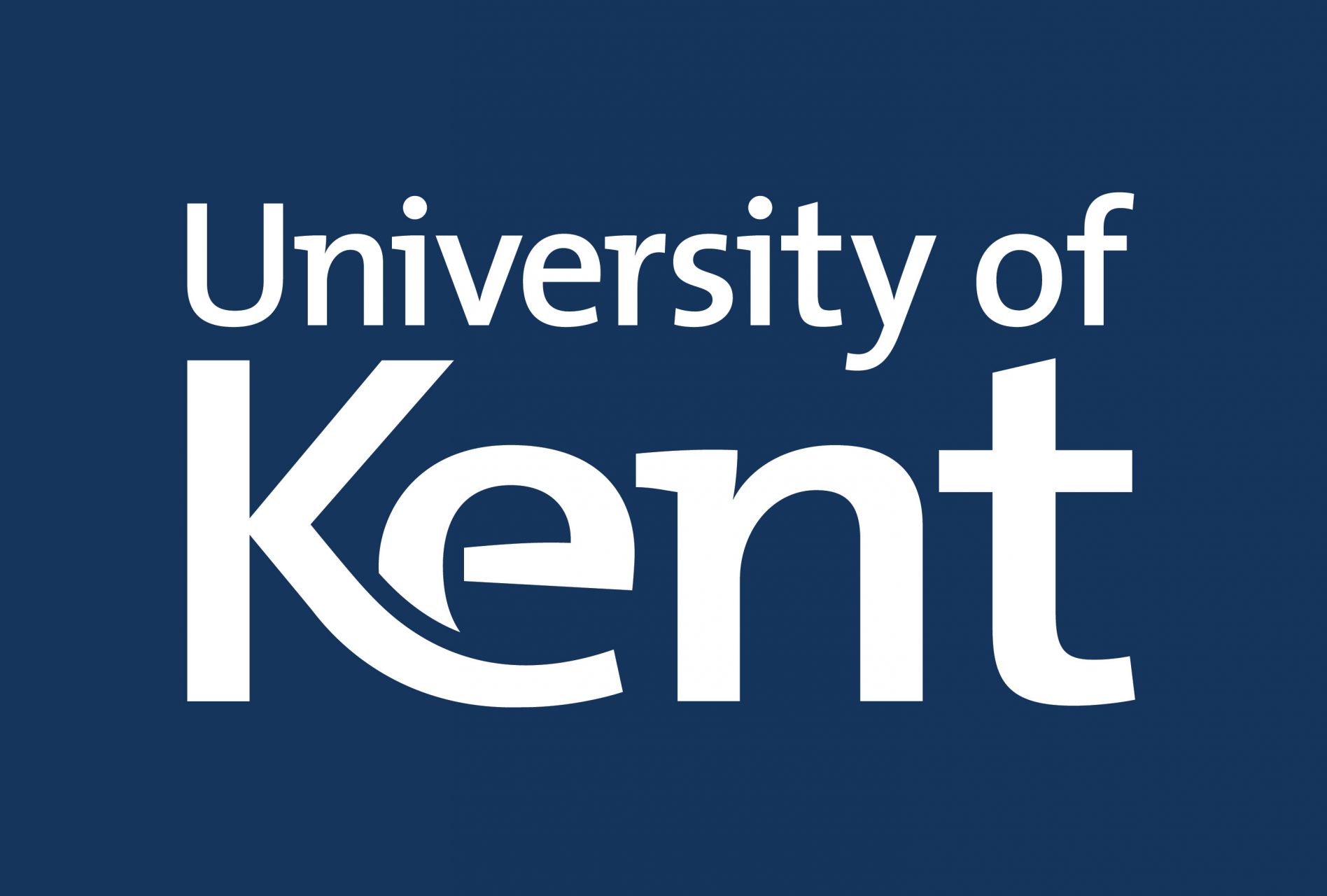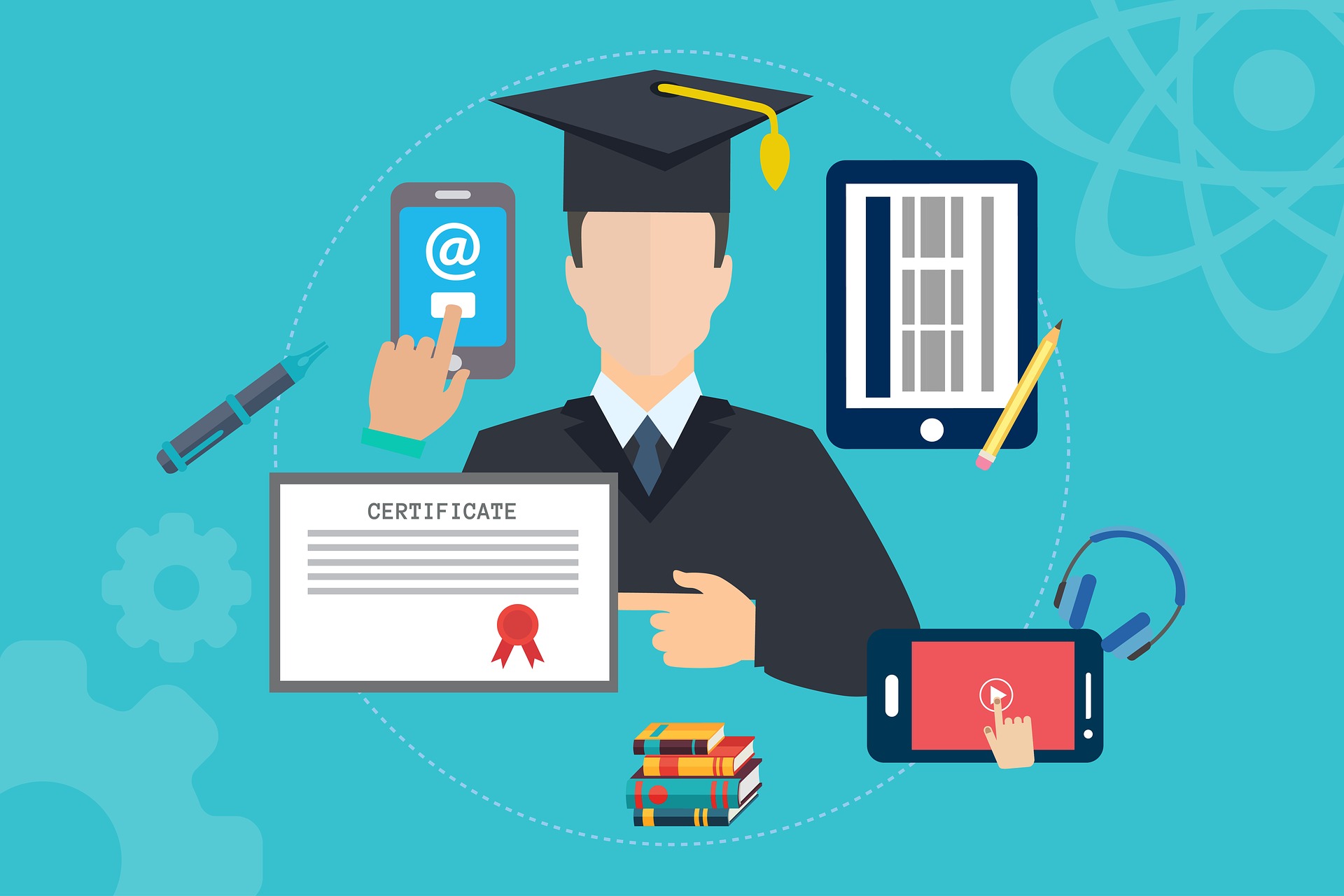University of Kent: Creating a more accessible learning environment
Claudia.Cahalane | 17 Mar 2019In this piece, find out how Kent University:
- Is saving time by embedding regular adjustments such as recording lectures and making docs available electronically, as standard, rather than making 2,000 small adjustments a year
- Is scoring uploaded content for accessibility and using accessible format conversion technology
- Has produced an inclusive learning and teaching strategies online module
- Is working on increasing the accessibility of procured services
- Has created a toolkit for other universities who want to be more accessible
- Still uses older technology such as German film to support students with sight loss
Ben Watson, accessible information adviser at the University of Kent, blogs below about the university's journey towards creating a more inclusive learning with support from Jisc. 
"Organisations are familiar with the idea of putting in lifts and ramps to make spaces physically accessible. My job involves putting in metaphorical lifts and ramps to make information and learning experiences more accessible to ensure that our information systems, eBooks, lectures and seminars reflect inclusive design principles because we know that makes things better for everyone.
Each disabled student will get an inclusive learning plan at the start of their course which includes a set of adjustments that academic schools need to make to ensure their teaching is as accessible as possible for the student.
New regulations and inclusive culture
Universities have been focusing on mainstreaming accessibility because of changes in 2017 to the way that DSA (Disabled Student Allowance) is funded and more recently because, in September 2018, Public Sector Bodies (Websites and Mobile Applications) Accessibility Regulations (2018) were brought in.
These regulations reinforce obligations under the Equality Act 2010 and mean that there has never been a better time to look at the best options to consider how to make documents and presentations accessible, add captions to multimedia and ensure that all digital content is accessible to all.
One of the biggest imperatives is to move the culture from one of individual adjustment to a more anticipatory mainstream and inclusive culture. This will ensure that, although universities may not always be able to make the learning environment fully accessible for every single person all of the time, they certainly seek to address some of the most likely problems. As such, make the learning environment more inclusive for the majority of people. That then frees up time to help people with the most challenging barriers.
To make the transition, we’ve looked at the adjustments we make regularly and at what we can do to embed those adjustments in advance for everyone. This might be making more documents available electronically so they can be more easily accessed through a range of different technologies, encouraging the recording of lectures to assist notetaking and highlighting the way that assistive technologies can benefit everyone in terms of productivity. We calculated that by implementing a small number of permanent mainstream adjustments (Kent Inclusive Practices/ KIPs), we could potentially dispense with the need to make over 2,000 individual reasonable adjustments last year.
We need to raise awareness of good practice
The rest of it is raising awareness of good practice. Something as simple as reminding people that in a lecture or presentation that the person who has the microphone should always restate questions asked by someone in the audience (if the audience member is not using a microphone) so that everybody - including those using Hearing Loops - can be sure of the question that is being asked and fully understand the context.

Image: Cartoon of student with devices and study materials
To further promote this kind of good practice awareness we have worked with the University of Southampton to produce an online training module called Inclusive Learning and Teaching Strategies online module.
We are also piloting something called Blackboard Ally, which automatically converts course resources into a variety of formats, from HTML and e-book for reading on mobile devices, to Electronic Braille for those with sight loss, and audio for learning on the go. It also offers advice to the person uploading content to a Virtual Learning Environment (VLE) by giving their content an accessibility score and advising of small changes that would be required to make the material accessible to everyone. We also use Sensus Access to offer quick and easy online accessible format conversion technology.
Contractors need to do their bit
Kent is really working hard on accessibility. You can do a lot internally, but we also procure services and systems from outside organisations and I think the sector needs a bit of cohesion in holding contractors equally to account to ensure that they are striving to achieve the same levels of accessibility as institutions. We’ve been working with the Southern Universities Purchasing Consortium to create a list of basic accessibility requirements that we can use to guide accessible procurement.

Image: University classroom
There’s lots of brilliant technology available now and we have documented these in an ever-changing list of useful resources to enhance productivity. Although the list includes assistive technology staples such as ClaroRead and MindView we are increasingly finding that free and open source solutions are a great way to provide access across a wide number of devices. The Kent Productivity Tools pages are therefore available to anyone who wants to get ideas about particular tools they can use to accomplish a wide range of tasks such as time management, sending large files and text-to-speech.
Back to basics with old-school tech
However, for all the great digital technology out there, sometimes the simplest things are the best. For example, we have used German film, which, when written or drawn on, leaves a physical indentation which is a good way of quickly creating tactile diagrams, graphs and charts for students with sight loss. If a student has lots of German film diagrams to work through, we add Braille labels or QR codes to each which can then be scanned with their phones to find the diagram they need via a short audio contextual description."
For more detail on how Kent university is increasing the digital accessibility of its learning environment, please visit the following web page: www.kent.ac.uk/accessibility



